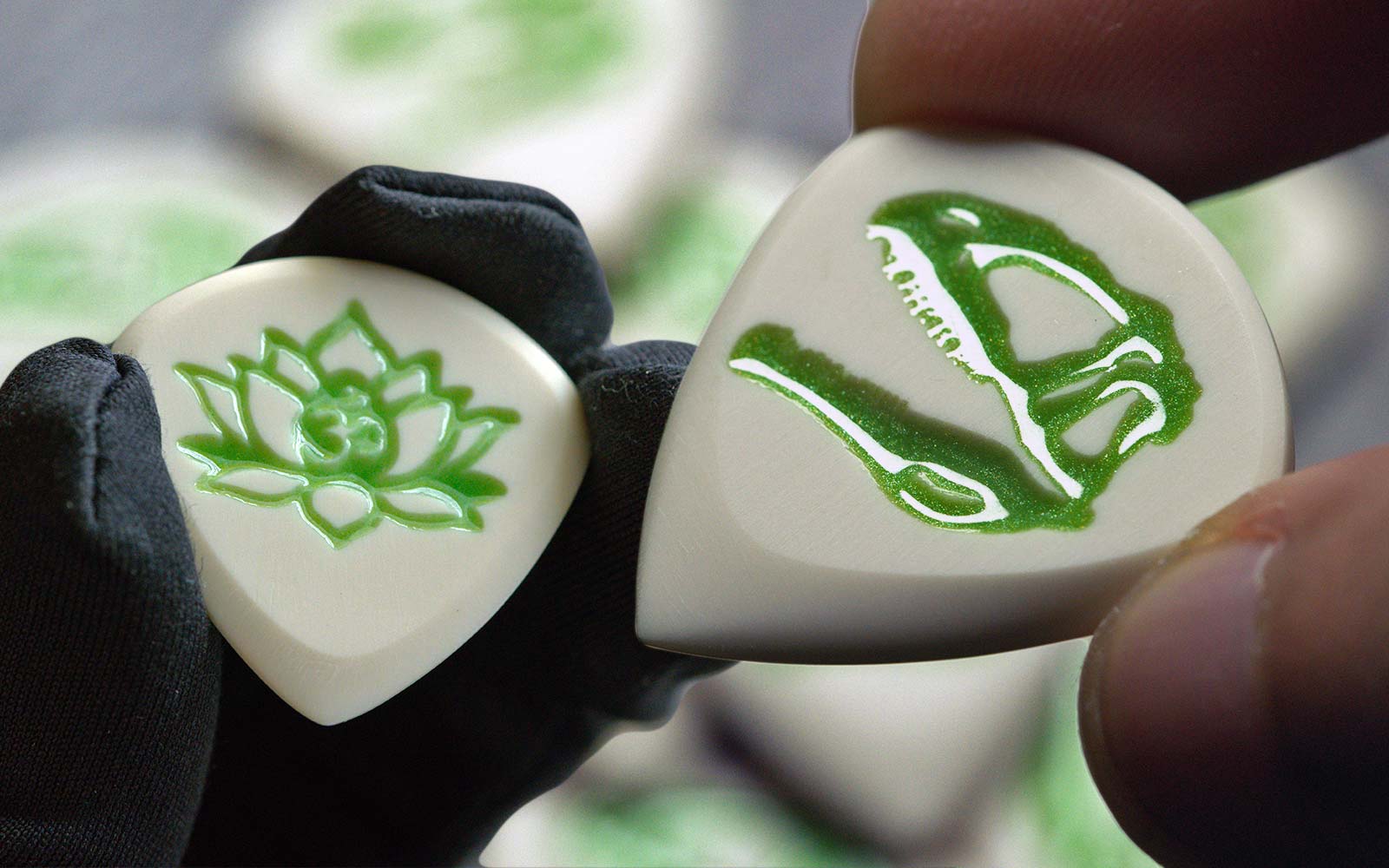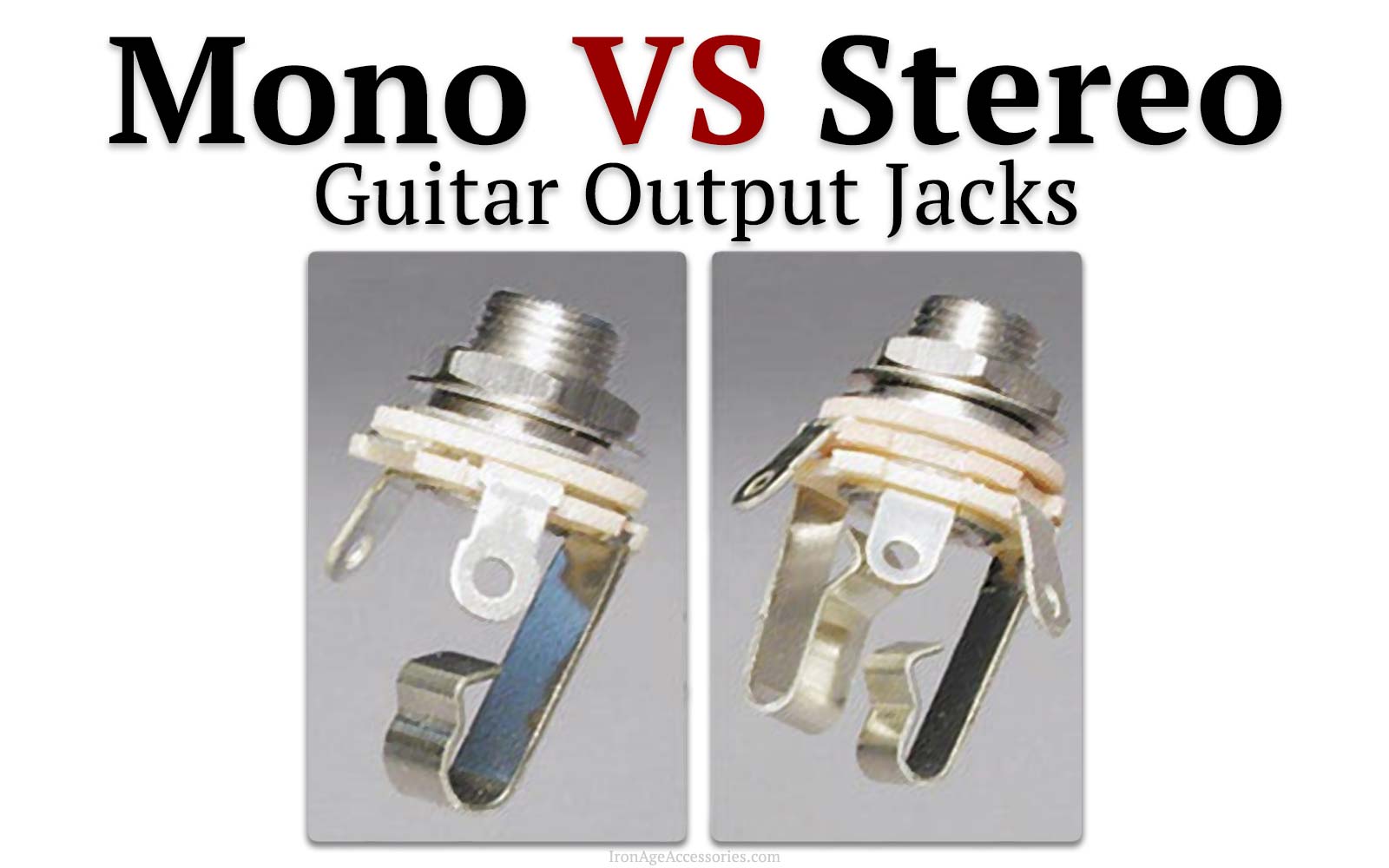How To Remove Guitar Knobs: Quick, Fast, Safely
by Alex Rodea June 13, 2024
Guitar knobs are small controls found on the body of a guitar, used to adjust various aspects of the instrument's sound, such as volume, tone, or pickup selection. Learning how to remove guitar knobs is important for both maintenance and replacement purposes.
Regular maintenance involves cleaning and inspecting the knobs to ensure proper functionality and prevent issues like crackling or loose connections. Additionally, removing knobs allows for easy replacement, providing opportunities to upgrade to higher-quality knobs or customize the guitar's appearance.
In this article, we will cover tools required, preparation, types of knobs & how to remove them, and finally a few tips & guitar knob FAQ.

Necessary Tools & Preparation
To remove guitar knobs, you may require one or more of the following tools, depending on the specific knob design:
Screwdriver: Flathead or Phillips screwdriver, depending on the type of screw used to secure the knob. Different guitars may have different screw types, so it's important to have both types of screwdrivers available.
Allen wrench: Used for removing set-screw knobs that have a small set screw on the side of the knob. The size of the Allen wrench needed will depend on the specific knob design.
Guitar pick or thin, flat object: Useful for prying off push-on knobs that don't have screws or set screws. A guitar pick or any thin, flat object can be inserted into an opening or slit on the knob to gently pry it off.
Soft cloth or towel: This can be used to protect the guitar's finish from scratches or to provide a soft surface to lay the guitar on during the knob removal process.
Knob puller (optional): These tools are designed specifically for this task & there are a couple different versions. If you want to spend a little extra $10-45 for one of these, it can make the process more straightforward than it already. These are an option worth considering for really stubborn to get off knobs.
Pliers (optional): In some cases, pliers may be needed to provide extra grip or leverage when removing stubborn knobs. However, caution must be exercised to avoid damaging the knob or guitar. This is a last resort & we recommend using pliers with rubber grips or wrapping the knob with a cloth or something to protect it from potential damage.
Preparations For Removal
Disconnect the guitar: Before removing any knobs, it's important to disconnect the guitar from any amplifiers or effects pedals. This ensures that there are no trip hazards or damage to the equipment.
Stable surface: Lay the guitar on a stable surface with its back facing up. This provides a secure and steady position for working on the knobs. Placing a soft cloth or towel underneath the guitar can help prevent scratches to the instrument's finish.
Organize workspace: Clear the workspace of any unnecessary clutter or objects that may interfere with the knob removal process. Having a clean and organized area will make it easier to handle the tools and prevent any accidental damage.
Gather necessary tools: Ensure that you have all the required tools for removing the knobs nearby. This includes screwdrivers, Allen wrenches, or any other specialized tools specific to your guitar's knob design.
Lighting: Ensure that the workspace is well-lit so you can clearly see the knob and its components. Adequate lighting will make it easier to identify any screws, set screws, or other parts that need to be handled during the removal process.
Types of Guitar Knobs
When removing guitar knobs, you will more often find 3 main types of guitar knobs which require different removal approaches. Always check to see what kind of knob you have before attempting to remove it by pulling to prevent damage.
Set-Screw Guitar Knobs
These types of knobs have a small set screw on the side that holds them tight onto the guitar potentiometer. You will either need a small screwdriver or an Allen hex key to remove these. Finally, they typically pull right off when loosened unlike the push-on guitar knobs which can be a bit stubborn at times.
Push-On Guitar Knobs
These types of knobs don’t feature a side screw & as the name implies, they are simply pressed onto the potentiometer shaft. Be aware that there are 2 different sizes for this type of knob which are not interchangeable, metric (6mm) with 18 splines, and an imperial (¼”) with 24 splines.
Learn more in our related guitar knob sizing guide.
Removing Set-screw Knobs
-
Locate the set screw: Look for a small set screw on the side of the knob. This screw is used to secure the knob onto the potentiometer shaft.
-
Identify the correct size tool: Determine the appropriate size of the Allen wrench or screwdriver needed to fit the set screw. Use the correct size tool to ensure a proper grip and prevent stripping or damaging the set screw.
-
Loosen the set screw: Insert the Allen wrench or screwdriver into the set screw and turn it counterclockwise to loosen the set screw. Be careful not to overtighten or apply excessive force while loosening the set screw.
-
Slide off the knob: Once the set screw is completely loosened, the knob should easily slide off the potentiometer shaft. Gently pull the knob straight off the shaft, being mindful not to twist or bend it.
Note: Take care not to misplace the set screw while removing the knob. It's a good idea to have a designated container or area to hold small screws and set screws to avoid losing them. These wooden pick trays are a stylish option for all your guitar accessory needs.
Removing Push-on Knobs
-
Prepare a thin, flat object: Get a guitar pick or any thin, flat object that can be used for prying. This will help create leverage to remove the knob.
-
Insert the object: Insert the thin, flat object into the opening or gap on the knob. Apply gentle pressure on both sides of the knob to avoid damaging it.
-
Pry and wiggle: Begin prying the knob upward while simultaneously wiggling it back and forth. The goal is to loosen the knob's grip on the potentiometer shaft.
-
Continue prying and wiggling: Gradually increase the force as needed, while being careful not to use excessive force that could damage the knob or guitar. The knob should eventually come off the potentiometer shaft.
Note: It's important to exercise caution and patience when removing push-on knobs to prevent any accidental slips or damage to the knob or guitar. If you encounter any resistance, double-check that you're prying from the correct angle and ensure you're not overlooking any screws or set screws that may also be securing the knob in place.
As a last resort, you can attempt to use a dedicated guitar knob puller tool or use a set of pliers. In the case of pliers, be sure to protect your knob & guitar with a cloth to prevent damage; use extra care.
Removing a Collet Guitar Knob
Tips and Precautions
Here are some tips and precautions to keep in mind when removing guitar knobs:
Gentle pressure: Apply gentle and steady pressure when removing knobs to avoid using excessive force that could damage the knob, potentiometer, or guitar body.
Proper tools: Ensure you have the correct tools for the specific knob design you are working with. Using the wrong tool can lead to stripped screws, damaged knobs, or scratched surfaces.
Double-check for screws: Before attempting to remove a knob, inspect it closely for any screws or set screws that may be securing it in place. Failure to remove these screws first can result in difficulty or damage during the removal process.
Keep track of small parts: As you remove knobs, set screws, or other components, be mindful of keeping them in a safe place. Use containers or magnetic trays to avoid losing small parts and ensure they can be easily located for reassembly.
Take photos or notes: If you're uncertain about the correct positioning or orientation of the knob, take photos or make notes before removal. This will help you accurately reinstall the knob later.
Be cautious with finishes: Some guitars have delicate or sensitive finishes. Use a soft cloth or towel to protect the guitar's finish when placing it on a surface or working near it to prevent scratches or damage.
Slow and steady: Take your time when removing knobs. Rushing or applying excessive force can lead to accidents or damage. Patience and a careful approach are key.
Consult a professional: If you don’t feel comfortable working on your guitar or handling this task, feel free to consult your local luthier or guitar repair specialist.
Frequently Asked Questions
How do you remove a stubborn guitar knob?
Usually removing a knob is a quick & painless process. If you’re having trouble popping one off, consider buying a specialized guitar knob removal tool.
You can also try a combination of prying & pulling at the same time, and as a last resort, use a set of pliers but be sure to protect your guitar’s finish & the knob itself.
If the knob will absolutely not come off, a replacement of that potentiometer might be in order. It’s usually a $3-5 part but you will need some soldering skills to accomplish the task.
Are guitar knobs universal?
No guitar knobs are not universal. There are knobs that use a side screw & those that simply press onto the potentiometer shaft. Additionally, there are 3 types of fitment: Metric, Imperial, & knobs for solid shaft potentiometers (side screw).

Do tone knobs matter?
Tone knobs are important for shaping the instrument's sound but not always necessary. They allow adjustment of the tonal characteristics, controlling the brightness of the signal by rolling off or enhancing treble frequencies.
This control enables customization of the sound to match playing style, genre, or personal preference. Tone knobs offer versatility, providing a wide range of sounds from warm jazz tones to bright rock or country tones.
Overall, tone knobs are essential for fine-tuning your sound but can also be removed for a boost in treble & clarity at the expense of versatility. This is an option to consider if you want to install a kill-switch to replace your tone knob.
Why do Strats have 2 tone knobs?
Stratocaster guitars have two tone knobs to provide players with precise control over the instrument's tone. The two knobs are assigned to different pickups, allowing for individual adjustment of their tonal characteristics.
This setup enables players to shape the sound of each pickup independently, offering versatility and the ability to achieve a wide range of tones. Whether you want a warm, mellow tone from the neck pickup or a brighter, cutting sound from the bridge pickup, the dual tone knob configuration on a Stratocaster allows for fine-tuning and customization of the guitar's sonic palette.
Related: All about Gibson SG control knobs
Also in Iron Age || General Blog

The 3 Best Engraved Guitar Picks to Personalize Your Playing Experience
by Alex Rodea March 20, 2025
Engraved guitar picks add both style and function, offering extra grip and a personal touch with custom initials, logos, or messages. Whether you're looking for a unique gift or a pick that stands out, check out our top choices and grab your first engraving for free with code...

Guitar Jack Not Working? Here's A Few Easy Steps To Fix Crackles & Pops
by Alex Rodea March 19, 2025

Mono vs Stereo Jacks: Key Differences & How to Wire Them
by Alex Rodea March 06, 2025

The Best Acoustic Guitar Picks: Tips & Considerations For Newbies
by Alex Rodea March 06, 2025

The Best Guitar Picks For Bass: A Guide To Help You Choose
by Alex Rodea March 05, 2025

What is a Fret Wrap, String Muter, or String Dampener?
by Alex Rodea March 05, 2025
+Iron Age Blogs
For the latest news & announcements, check out our News & Updates Blog
For tips, tricks, & other informative articles, check out our General Guitar Blog
Become a newsletter subscriber to get the latest info on new blog articles, receive exclusive promo codes, and be notified of upcoming giveaways!
+Recent Articles
-
The 3 Best Engraved Guitar Picks to Personalize Your Playing Experience
March 20, 2025
-
Guitar Jack Not Working? Here's A Few Easy Steps To Fix Crackles & Pops
March 19, 2025
-
Mono vs Stereo Jacks: Key Differences & How to Wire Them
March 06, 2025
-
The Best Acoustic Guitar Picks: Tips & Considerations For Newbies
March 06, 2025
-
The Best Guitar Picks For Bass: A Guide To Help You Choose
March 05, 2025
-
What is a Fret Wrap, String Muter, or String Dampener?
March 05, 2025
-
Guitar String Names & How To Memorize Them
March 05, 2025
-
How To Make Wooden Guitar Picks: Ebony Spearhead
March 05, 2025
-
Top 3 Best Guitar Picks For Grip: Iron Age Edition
March 05, 2025
-
Are Guitar Picks Necessary? Exploring the Pros, Cons, and Playing Styles
March 05, 2025
+Affiliate Notice
Iron Age is a participant in the Amazon Services LLC Associates Program, an affiliate advertising program designed to provide a way for websites to earn advertising revenues by advertising and linking to Amazon.com
Iron Age Guitar Accessories
226 Douglas Way St
San Antonio, TX 78210
USA
⚔️
“Quality is never an accident. It is always the result of high intention, sincere effort, intelligent direction and skillful execution. It represents the wise choice of many alternatives.”
~William A. Foster (MOH Recipient, 1945)
Sign up for the Iron Age newsletter to Save 15% on your 1st order, plus get exclusive offers, product updates, and early access to giveaways!
© 2025 Iron Age Guitar Accessories.
Est 2015.


Alex Rodea
Author
Founder of Iron Age, my guitar journey began in 2006, fueling a passion for crafting premium guitar accessories that embody timeless style & innovative expression. Through my Stay Tuned Guitar site I also share tips & info for new guitarists, offering everything from beginner tutorials to DIY tips & general music knowledge.